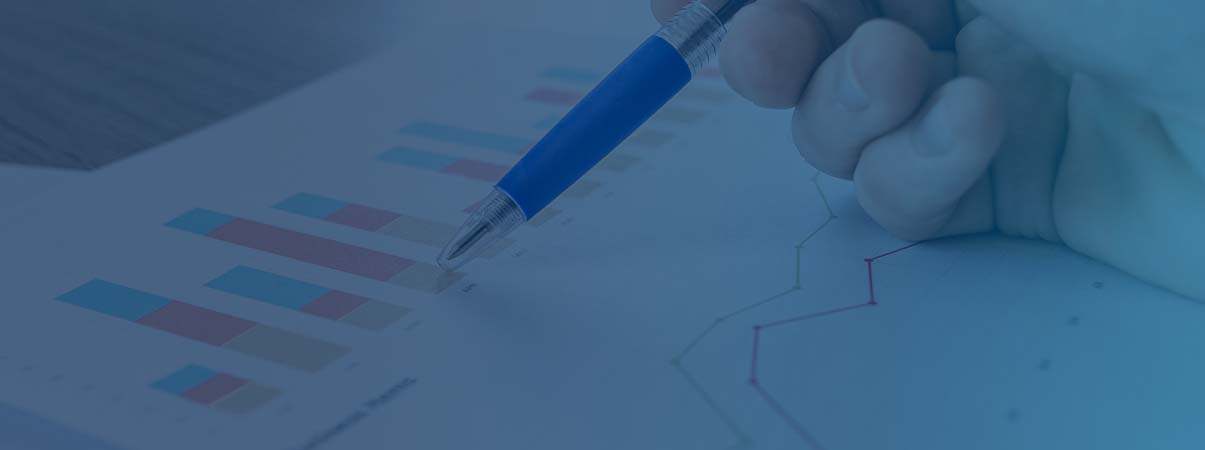You’ve heard a lot about KPIs.
You have your own, of course, and you track them, but maybe you’re not entirely happy with that process.
Dynamic companies you read about monitor real-time KPIs to make more informed decisions so they can proactively manage the performance of their operations, whether manufacturing or other.
How do they do that?
Forward-thinking business leaders ask us these types of KPI-related questions all the time. They’re hungry for deeper insights that will empower them as they navigate their fast-changing business landscape.
So here are our answers to the most-asked questions about KPIs.
1. What is a KPI (Key Performance Indicator)?
A KPI is a measurable value that tells you how your business is progressing toward your desired result.
2. What do KPIs do?
Just like the vital signs your doctor checks during a physical examination, your KPIs reveal the state of your business’ health — assuming, of course, that your KPIs are based on timely, accurate data.
3. Why track KPIs?
Tracking your KPIs helps you gain insight into problems.
Let’s say you make a food product. While analyzing your manufacturing KPIs, you may notice that your food waste increases when you use raw materials from vendor X. With this information, you can make data-based decisions in relation to that vendor.
KPIs also help you compare your performance to industry benchmarks. For example, if your gross profit margin is X% and the industry benchmark is Y%, this information lets you know you have to reallocate your resources for improvement.
Using business intelligence software, you can also manipulate the data your KPIs provide to detect unknown patterns and hidden insights. This knowledge helps you address emerging issues before they become problematic and costly.
To learn more about KPIs in the food industry, read our article, “5 Food and Beverage KPIs That Help Increase Your Productivity and Profitability”.
4. How do you get real-time data in your KPIs?

Some businesses track their KPIs manually, using spreadsheets, accounting records, physical inventory counts, and so on. These approaches have major drawbacks.
Besides being plagued by input errors and cumbersome human processes, these methods may not be precise, reliable, or nimble enough to provide the answers that growing companies need.
This is where the right software can truly elevate your performance. Enterprise Resource Planning (ERP) software centralizes and standardizes all the data of your various business functions. As result, an ERP system can provide you with real time, 360-degree visibility into your operations.
Once the KPIs in your ERP system are set up, they track your key metrics automatically. Not only do you get information that otherwise wasn’t available, but you eliminate the time your team spends gathering information for reporting.
5. What are dashboards?
KPIs gather data from different sources to present them in a dashboard.
Just like the one in your car, a dashboard shows a graphical gauge or table (called a widget) that instantly delivers the relevant information your team needs to stay on top of their function.
Dashboards can do the following:
- Promote instant understanding of what the numbers are saying. Widgets display various indicators (sales, purchases, backorders, and so on).
- Display both lagging indicators (historic benchmarks, such as prior-period inventory or sales) and leading indicators (trending performance, such as daily sales or units produced).
- Fuel deeper effortless analysis of data from various business functions. With a few clicks, you can assemble the relevant performance indicators and manipulate them to create charts within your ERP’s business intelligence (BI) module or third-party BI software.
Dashboards can be customized to be informative and useful to anyone in your company. For example, your team on the shipping dock can have a dashboard informing them of the number of units they’ve shipped that day.
Not all KPIs are helpful. Find out more in our article, “Good KPI vs. Bad KPI: How to Make Better, Faster Decisions in the Food Industry.”
6. How do you choose the right analytical tools for performance management?

There’s a wide range of analytical tools available for tracking your KPIs.
As noted above, the analytical tool can be an integral part of the BI module of your ERP, or it can be stand-alone software that you integrate into your business systems.
Before choosing an analytical tool, ask yourself these questions:
- Who is going to use the tool? Given the employees' varying levels of computer literacy, is it easy to use?
- Can the tool integrate efficiently with other software (for example, your ERP system)?
- Can the tool effectively centralize the data from multiple business functions, such as accounting, sales, inventory, purchasing, and so on?
- How many analytical tools need to be integrated?
- What is your timeline and budget?
- Is the tool adapted to your industry?
- Is it possible to easily customize your dashboard and KPIs? Can you self-customize these tools or do you need to hire a specialist?
7. What are examples of analytical tools?
ERP systems, like Fidelio
As noted above, ERP systems offer your business 360-degree visibility into your processes with automated, real-time tracking of your KPIs.
Some ERP systems, such as Fidelio, integrate reporting and analytics tools within the application to simplify your processes. This integration offers the following advantages:
- One system, integrated end-to-end, means you have one source for all your data.
- You never have to worry about the inefficiencies of add-ons, such as the technical challenges of translating data from one system to another and the inherent lag time of that process.
Power BI reports from Microsoft
Power BI is an easy-to-use Microsoft product that allows you to connect to and visualize your data to gain deeper insight into how your business is doing.
- Upside - This powerful software can integrate with many tools.
- Downside - Once your data analysis is done, you have to go back to your ERP to take action. In contrast, ERP systems like Fidelio enable you to click on an indicator directly, drill down for the information you need, and immediately take action.
Crystal reports from SAP
SAP Crystal solutions offer small and medium-sized businesses professional reports and analytics that help produce a clear picture of business performance.
- Upside - Connects with various data sources and provides appealing reports and charts.
- Downside - New users may find the initial setup challenging. Some programming knowledge helps if you want to use the tool more efficiently.
8. What should you keep in mind before implementing an analytical tool?

If you choose to implement an ERP system so you can track your KPIs in real time, get a head start by doing the following:
Clean your data - Start the clean-up even before the new system is implemented. For example, delete old customers, old products, zero-value inventory, and so on.
Prepare your data for migration as soon as possible - Data migration is an intense, time-consuming task. To reduce your team’s workload during that critical period, work in advance to assess the quality of your data. Has it degraded over time? Is it reliable? Do you have quality controls in place?
Identify your business processes - Before you can measure your business processes; you first need to identify them clearly. This task is far more complex than it sounds. You may want to hire a consultant to facilitate this work with your team.
We hope this introductory discussion of the tools for KPI tracking was helpful. But as you can imagine, we’ve only dipped our toe in the KPI waters.
For a more detailed discussion, download our guide, “KPIs in the Food Industry: The Essential Guide to Managing Growth in Your Business,” or connect with us.





